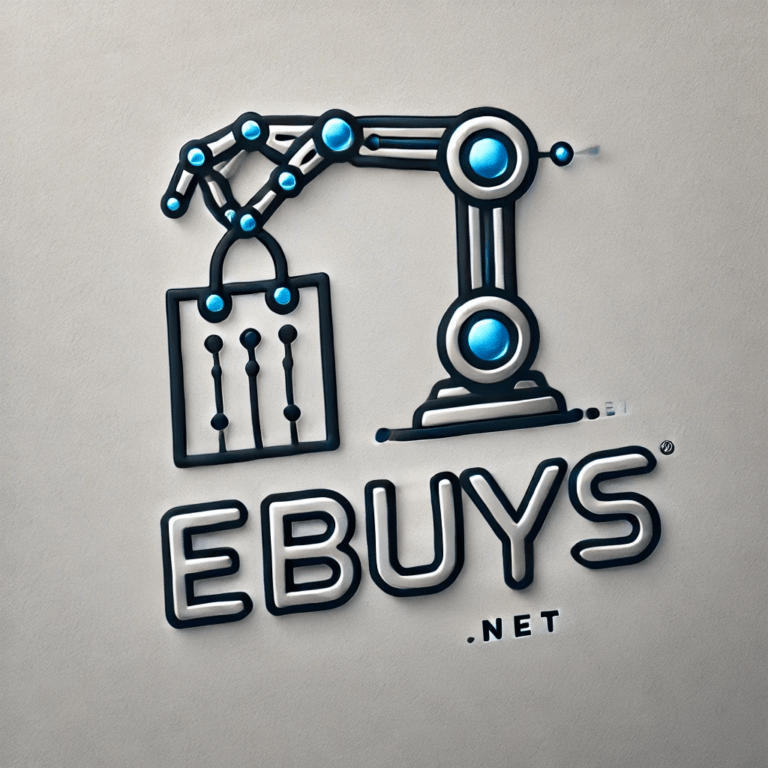Branding is more than just a logo or a catchy tagline; it is the essence of a business and its promise to customers. In today’s competitive marketplace, effective branding can be the differentiator that sets a company apart from its competitors. A strong brand not only communicates what a business stands for but also establishes an emotional connection with its audience.
This connection can lead to customer loyalty, repeat business, and ultimately, increased revenue. In essence, branding is about creating a perception in the minds of consumers that resonates with their values and needs. Moreover, branding plays a crucial role in building credibility and trust.
When consumers recognize and relate to a brand, they are more likely to choose it over others. This recognition is particularly important in an age where consumers are bombarded with choices. A well-defined brand can simplify decision-making for customers, as they often gravitate towards brands that they feel they know and trust.
Therefore, understanding the importance of branding is essential for any business aiming for long-term success and sustainability in the market.
Key Takeaways
- Branding is crucial for creating a unique identity and standing out in the market.
- Defining your brand identity involves understanding your values, mission, and target audience.
- Consistency in brand messaging across all platforms helps in building brand recognition and trust.
- A strong visual brand, including logo, color scheme, and design elements, is essential for brand recall.
- Building brand loyalty and trust requires delivering on promises and providing exceptional customer experiences.
Defining Your Brand Identity
Defining your brand identity is a foundational step in the branding process. It involves articulating what your brand stands for, including its mission, vision, values, and unique selling propositions. A clear brand identity helps to create a cohesive image that resonates with your target audience.
It is essential to ask yourself critical questions: What do you want your brand to represent? What emotions do you want to evoke in your customers? By answering these questions, you can begin to shape a brand identity that aligns with your business goals and customer expectations.
Additionally, your brand identity should reflect the personality of your business. Whether your brand is fun and playful or serious and professional, it should be consistent across all platforms and communications. This consistency helps to reinforce your brand’s message and makes it easier for customers to recognize and remember your brand.
A well-defined brand identity not only attracts customers but also fosters a sense of belonging among them, encouraging them to become advocates for your brand.
Creating a Consistent Brand Message

Once you have established your brand identity, the next step is to create a consistent brand message. This message should encapsulate the essence of your brand and communicate it clearly across all channels. Consistency in messaging is vital because it reinforces your brand identity and builds trust with your audience.
When customers receive the same message from various touchpoints—be it social media, email marketing, or in-store experiences—they are more likely to develop a strong connection with your brand. To create a consistent brand message, it is essential to develop a style guide that outlines the tone of voice, language, and key messages associated with your brand. This guide serves as a reference for anyone involved in communicating on behalf of the brand, ensuring that all messaging aligns with the established identity.
Furthermore, storytelling can be an effective tool in conveying your brand message. By sharing authentic stories that resonate with your audience, you can create an emotional connection that enhances brand loyalty.
Developing a Strong Visual Brand
| Metrics | Data |
|---|---|
| Brand Recognition | 80% |
| Consistent Visuals | 95% |
| Customer Engagement | 70% |
| Visual Content Usage | 60% |
Visual branding encompasses all visual elements associated with your brand, including logos, color schemes, typography, and imagery. These elements play a significant role in how consumers perceive your brand and can influence their purchasing decisions. A strong visual brand should be distinctive and memorable while also reflecting the personality and values of your business.
For instance, a tech company may opt for sleek, modern designs to convey innovation, while a wellness brand might choose earthy tones to evoke feelings of calmness and health. Moreover, consistency in visual branding is crucial for recognition. When consumers see your logo or color palette across various platforms—be it on social media, websites, or packaging—they should immediately associate it with your brand.
This recognition fosters familiarity and trust, making it more likely that they will choose your products or services over competitors. Investing time and resources into developing a strong visual brand can yield significant returns by enhancing customer engagement and loyalty.
Building Brand Loyalty and Trust
Building brand loyalty and trust is an ongoing process that requires consistent effort and engagement with your audience. Loyal customers are invaluable assets; they not only make repeat purchases but also advocate for your brand within their networks. To cultivate loyalty, businesses must prioritize customer satisfaction by delivering high-quality products or services and providing exceptional customer service.
When customers feel valued and appreciated, they are more likely to remain loyal to your brand. Transparency is another critical factor in building trust. In an era where consumers are increasingly concerned about ethical practices and corporate responsibility, being open about your business practices can significantly enhance trustworthiness.
Sharing information about sourcing materials, production processes, or community involvement can resonate with consumers who prioritize ethical consumption. By fostering an environment of trust and loyalty, businesses can create lasting relationships with their customers that contribute to long-term success.
Leveraging Social Media for Branding

Social media has revolutionized the way brands connect with their audiences. It offers an unparalleled platform for businesses to engage directly with consumers, share their stories, and showcase their products or services. Leveraging social media for branding involves creating content that aligns with your brand identity while also resonating with your target audience.
This could include behind-the-scenes glimpses of your business, user-generated content, or interactive posts that encourage audience participation. Additionally, social media allows brands to gather valuable insights into consumer preferences and behaviors. By analyzing engagement metrics such as likes, shares, and comments, businesses can refine their branding strategies to better meet the needs of their audience.
Furthermore, social media provides an opportunity for real-time feedback, enabling brands to address concerns promptly and demonstrate their commitment to customer satisfaction. By effectively leveraging social media for branding purposes, businesses can enhance their visibility and foster deeper connections with their audience.
Measuring and Analyzing Brand Success
To ensure that branding efforts are effective, it is essential to measure and analyze brand success regularly. Key performance indicators (KPIs) such as brand awareness, customer engagement, and sales growth can provide valuable insights into how well your branding strategies are performing. Surveys and feedback mechanisms can also help gauge customer perceptions of your brand and identify areas for improvement.
Moreover, utilizing analytics tools can help track online engagement metrics across various platforms. Understanding which content resonates most with your audience allows businesses to refine their messaging and focus on strategies that yield the best results. By continuously measuring and analyzing brand success, businesses can adapt their strategies to stay relevant in an ever-changing marketplace.
Implementing Branding Strategies for Growth
Implementing effective branding strategies is crucial for driving growth in any business. This involves not only establishing a strong foundation but also being adaptable to changing market conditions and consumer preferences. One effective strategy is to invest in partnerships or collaborations that align with your brand values.
Collaborating with influencers or other brands can expand your reach and introduce your products or services to new audiences. Additionally, exploring new marketing channels can enhance visibility and attract potential customers. Whether through content marketing, email campaigns, or experiential marketing events, diversifying marketing efforts can lead to increased brand awareness and customer acquisition.
Ultimately, successful branding strategies should focus on creating meaningful connections with consumers while remaining true to the core values of the business. By doing so, brands can foster growth while building lasting relationships with their audience. In conclusion, branding is an essential aspect of any successful business strategy.
From understanding its importance to implementing effective strategies for growth, each step plays a vital role in shaping how consumers perceive a brand. By defining a clear identity, creating consistent messaging, developing strong visuals, building loyalty and trust, leveraging social media effectively, measuring success accurately, and implementing innovative strategies for growth, businesses can establish themselves as leaders in their respective markets while fostering meaningful connections with their customers.

